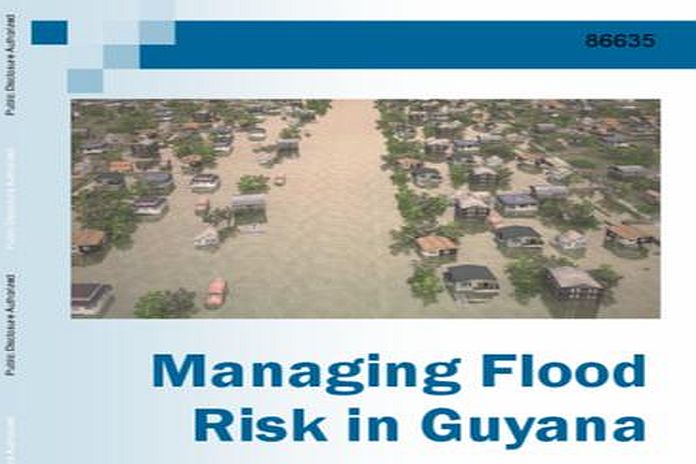WASHINGTON, USA — The World Bank Board of Executive Directors approved Thursday, US$26 million in additional financing for Guyana to support the ongoing Guyana Flood Risk Management Project. These funds will help to improve Guyana’s climate resilience, protect economic activity, and reduce the impact of natural disasters.
“Ninety percent of Guyana’s inhabitants live on the narrow coastal plain, much of which lies below sea level. Flooding poses a serious and recurrent risk to both the lives of people and to livelihoods in the agricultural sector. These additional resources will help protect some of the country’s most populous areas and build greater resilience,” said Ozan Sevimli, World Bank Resident Representative for Jamaica and Guyana.
The project aims to significantly increase flood resilience in the low-lying coastal lands of the East Demerara area, which includes the country’s capital, Georgetown, where much of the population as well as administrative and commercial activities are concentrated. The additional financing will include extensive work to improve the East Demerara Water Conservancy (EDWC), one of Guyana’s major water storage and flood control facilities. The project will improve the drainage systems that ensure the integrity of the EDWC dams. Water stored in the EDWC dam is used to irrigate agricultural lands, provide water for use in homes, and reduce the risk of flooding.
The project will include an update of the Emergency Preparedness Plan, flood modeling, the rehabilitation of small existing irrigation structures, capacity building, communication, and outreach activities to better inform the public. These activities are expected to contribute to reducing the outbreaks of infectious illnesses due to flooding, alleviating the burden on the healthcare system that is currently managing the COVID-19 pandemic.
Guyana receives interest-free financing from the International Development Association (IDA) with a maturity of 40 years, including a grace period of 10 years.





